What is Monsterhearts about?
Monsterhearts is a roleplaying game by Avery Alder focusing on the daily lives and struggles of high school teenagers in our time. It’s about emotionally unstable characters trying to learn who they are while being stressed out by hormones going wild, peer pressure, and their changing bodies. Monsterhearts deals with topics like first love, classroom rivalries, your reputation amongst peers, social marginalization, queerness, and coming of age. And to spice things up even more, every character has a monstrous side to them. This dark nature grants them special powers, but also influences their behavior and way of thinking.
Monsterhearts uses the PBTA (Powered by the Apocalypse) rules system. This is a rules-light, low-preparation system that gives players a lot of say in how the story of a game session develops. PBTA is a great fit for Monsterhearts, as it leans strongly toward a narration-heavy play style.
What a typical Monsterhearts story looks like
Imagine Brad, the high school’s star quarterback. He’s secretly in love with Christopher from the drama club, but afraid to out himself because of his ultra-conservative parents. Brad maintains a sham relationship with Stella from the cheerleader squad, whose true boyfriend is Cho, an emo kid with a knack for witchcraft. Things get out of hand when Cho urges Brad to come clean, so he and Stella can have a normal relationship. Brad’s werewolf side gets the better of him when he slams Cho into a locker. Things get even more out of control when Cho lays a curse on Brad to force him to speak the truth every time he opens his mouth for the next 24 hours.
The tone of Monsterhearts: Emotional drama, teenage angst, and bleed
Stories in Monsterhearts revolve around teenage angst. The characters are often confronted with intense social situations, but are having trouble with dealing with them because of their young age and their raging hormones. Saving face in front of the class, trying to ask somebody out, standing up to a bully – every social interaction is a minefield. Stressed by their insecurities, they often overreact and insult others, get depressed, or resort to violence. Their monstrous nature makes things even worse, as it pushes them to more extreme reactions.
A lot of us went through a difficult time as we grew up into adulthood. Monsterhearts lets you tap into those memories and re-experience the emotional drama of high school life and puberty. This can range from social exclusion to learning about one’s true self and also a changing sexual orientation. As these are very sensitive topics, having them in the game can affect not only the player characters but the players themselves. This phenomenon is called “bleed”.

For example, if a player character is flirting with another one in the story, this might make the players at the table feel uncomfortable. Especially with love and romance being rather rare topics in most tabletop RPG sessions, things can get uncomfortable fast.
Because of these topics, it’s crucial to check in with your group regularly to make sure everyone feels safe and okay with the subject and tone of your Monsterhearts game session. See below for details on safety tools.
The tone of Monsterhearts: Emotional drama, teenage angst, and bleed
Check out these two great actual play videos to learn how Monsterhearts works in practice.
Inspiration and touchstones for Monsterhearts
To prepare for GMing Monsterhearts, I read a bunch of teenage drama books and watched several TV series. Here are the ones that really stood out for me:
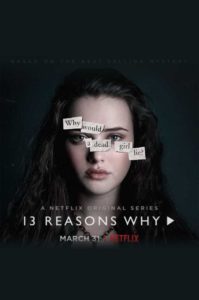
13 reasons why (Netflix series)
A girl in her sophomore year commits suicide. Before doing so, she records her thoughts and emotions about 13 peers who were close to her. One of them drove her to this act. A tense and dark story, perfect on for Monsterhearts. Includes many different characters and plotlines. Season one is highly acclaimed, but I can’t vouch for the other ones.
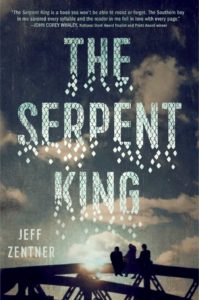
The Serpent King (Novel, by Jeff Zentner)
Three interwoven plotlines about three very different teenagers from a rural Tennessee high school. Angsty and depressive, it delivers brilliant material for a Monsterhearts campaign.
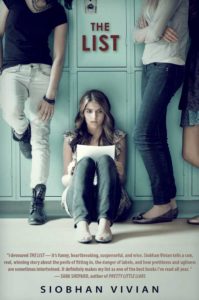
The List (Novel, by Siobhan Vivian)
Every year, a list is posted all over Mount Washington high school with two girls from each grade. One is named the prettiest, one the ugliest. The List comes with eight linked stories about these girls and their thoughts and feelings about being nominated. Their characters are described authentically and in great detail, with great inner monologues giving insight into the thoughts of high school teenagers.
There are no good or bad guys in Monsterhearts
With Monsterhearts, there is no big plot the players try to solve as a group. Instead, the story develops organically from their daily lives and struggles. There may be a rival trying to embarrass you in front of the class, or maybe a character has a crush on the boyfriend of their best friend. Or maybe your parents plan to send you to military school because of your anger issues. Take these plot points and connect them with some NPC relations and voilà, you have a plot.
The story jumps from scene to scene, with not all player characters being present all of the time. Like in many TV drama series, where a handful of main characters follows different plotlines, all of which are connected.
There is no big bad villain, whose plans the players try to thwart. The player characters are the main trouble makers here, who progress the story with their own issues. They are causing problems and conflicts because they act out of passion, malice, or insecurity. There’s a lot of grey areas here. The same character might be the nice well-behaved girl in the first row on one day, and a blood-hungry werewolf the next day, just to regret the fallout of their actions afterward.
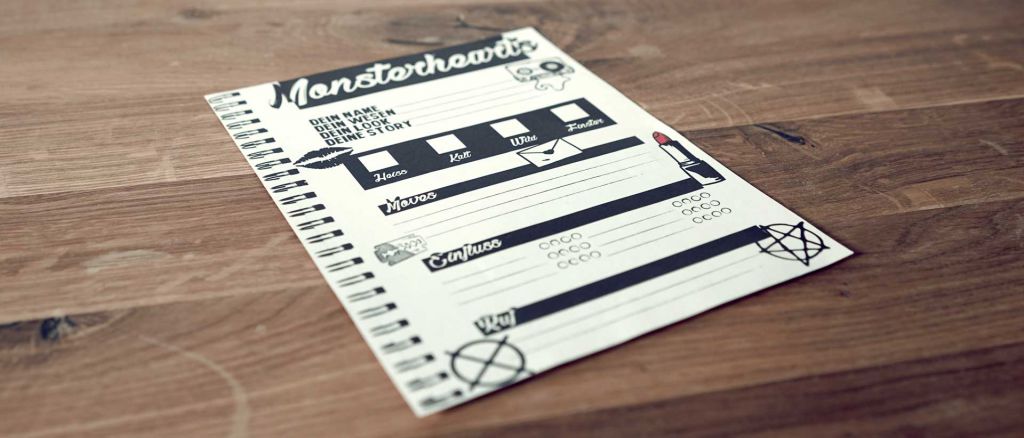
Play it safe – use safety tools
As the topics of Monsterhearts are very delicate and personal, it’s an absolute must to use safety tools. The minimum should be to use an X-card. With this, everyone at the table can signal which topics should be skipped, because they feel uncomfortable about them. Additionally, I recommend asking players before the start of the game or campaign if any subjects are no-goes for them. With this in mind, the GM can avoid these topics in the session preparation. That’s easier than having to shut down a plot point during the session and having to improvise a new one on the fly.
Having defined no-go topics before play and an X-card on the table as a safety switch, you’re good to go. There are additional safety tools like checking in with your players during the game or a debrief at the end. For a more comprehensive look on different ttrpg safety techniques check out this GM tips article.
Why so dark? Other ways to play Monsterhearts
While I prefer Monsterhearts to be dark, angsty, and full of conflicts between the player characters, there are several other possible ways to enjoy the game. Some Monsterhearts campaigns have an external threat or villain the players need to team up against. Or maybe you want to add a longer investigative part to it, like a conspiracy the player characters need to uncover. Monsterhearts can also be played in a variety of different settings beyond the traditional contemporary high school. Imagine a boarding school, a summer camp, or even a Lovecraftian campaign in 1920s Kingsport, you name it. Make it your game and pick whatever style you and your players like best.
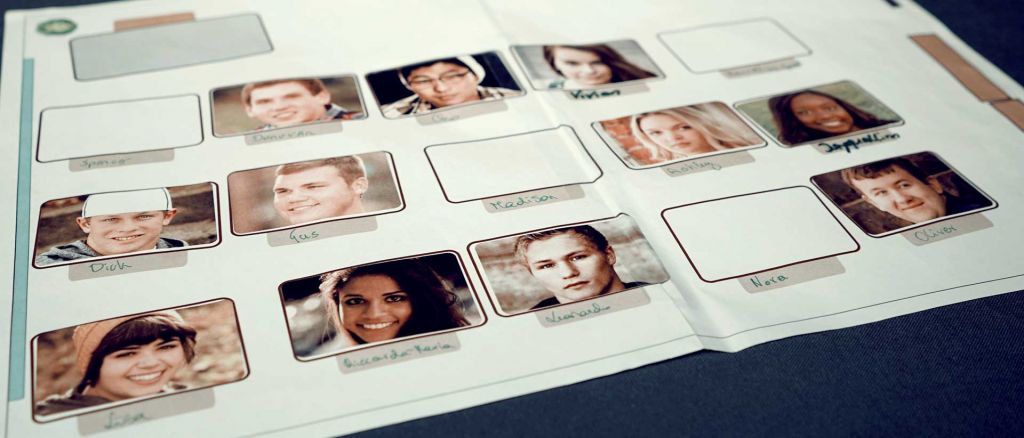
The reason why Avery Alder is a genius
Teenage angst is the topic at which Monsterhearts really shines. It comes with different facets, such as uncontrolled anger, a feeling of loneliness, extreme dependency on others, etc. These emotions are usually inner struggles that a character must face. In order to create conflicts, drama, and plot hooks, you need to make them visible and tangible between the players. To facilitate this, Avery created playbooks revolving around these emotional issues. Here are some examples:
The Werewolf is all about anger issues. She wants to assert dominance as the most physically strong student in the class, as well as establish and defend her territory. She won’t accept others challenging her status and if her inner monster takes over, she’ll respond with violence. A lot of violence.
The Ghost is about being ignored and overlooked. With his shy personality, he’s struggling to have others notice him and win their affection. But the harder he tries, the more he’s distancing himself from others. Until his inner monster makes him hurt others to get their attention.
All the playbooks translate a certain aspect of teenage angst into pure escalation. What a brilliant mechanic to arrange for drama in the game! And it’s also beautifully interwoven with the game’s setting of teenage urban fantasy. This is what makes Monsterhearts so outstanding. Somebody give Avery a medal.
Get your copy of Monsterhearts now!
Go to https://buriedwithoutceremony.com/monsterhearts
(We’re not getting paid to promote Monsterhearts.
It’s just a really, really great roleplaying game)
Why I fell for Monsterhearts
Because of everything I said before and because I like the teenage high school drama setting. It’s a very specific cosmos, and there aren’t a lot of pen and paper RPGs out there doing as fine a job as Monsterhearts.
I enjoy Monsterhearts’ focus on conflicts and dilemmas.
I can relate to a lot of the teenage angst issues covered in the game, because I had a difficult time too back then. And I do like the bleed and awkwardness that result from this.
Shortly before reading the Monsterhearts pdf, I watched “13 Reasons Why” which I really enjoyed.
It was my first PBTA game and it massively change my GMing style. To be honest, I had to read it three times and experience it as a player once, before I fully understood how it works. But then it really clicked. Sharing narration rights is incredibly cool in Monsterhearts. And as a GM, without a fixed plot, I get surprised by dice rolls or choices the players make and their effects on the plot.
I enjoy Monsterhearts’ focus on conflicts and dilemmas.
I can relate to a lot of the teenage angst issues covered in the game, because I had a difficult time too back then. And I do like the bleed and awkwardness that result from this.
Shortly before reading the Monsterhearts pdf, I watched “13 Reasons Why” which I really enjoyed.
It was my first PBTA game and it massively change my GMing style. To be honest, I had to read it three times and experience it as a player once, before I fully understood how it works. But then it really clicked. Sharing narration rights is incredibly cool in Monsterhearts. And as a GM, without a fixed plot, I get surprised by dice rolls or choices the players make and their effects on the plot.
There’s just one tiny point of negative feedback from me: The images and layout of the book don’t really match the high quality of the overall system. I do like the few illustrations that are in the book, but I would love to see five times as many. I guess it’s because Monsterhearts is an indie system, which just does not yield enough budget for more illustrations. Okay, I can live with that. A great game with only a few images is better than a terrible game with fantastic illustrations.

What I learned from 10 sessions of Monsterhearts
A – You need a special group of players to make it work
You will need to be looking for players who are interested in this teenage high school drama setting. Usually this means players who are 30+ years old. For younger players, Monsterhearts is often “too close to home,” meaning not enough years have passed since their time in high school to make it interesting for them. Additionally, you need players interested in having control of the narrative and having fun with actively shaping the story instead of only experiencing it (which is true for all PBTA games).
You will need to be looking for players who are interested in this teenage high school drama setting. Usually this means players who are 30+ years old. For younger players, Monsterhearts is often “too close to home,” meaning not enough years have passed since their time in high school to make it interesting for them. Additionally, you need players interested in having control of the narrative and having fun with actively shaping the story instead of only experiencing it (which is true for all PBTA games).
I also found that the players should be familiar with each other. Diving into the emotional topics of Monsterhearts requires a fair amount of trust between the players, which is usually lacking, if they haven’t played a game with each other before (e.g. at conventions).
B – It’s not a game for one-shots
Monsterhearts is ideally played over three to six sessions. The first session is for generating characters and the setting. The second session is a test run. It’s the third session where Monsterhearts really uses its full potential, when you can develop the story based on the players’ actions and decisions from the session before.
Monsterhearts is ideally played over three to six sessions. The first session is for generating characters and the setting. The second session is a test run. It’s the third session where Monsterhearts really uses its full potential, when you can develop the story based on the players’ actions and decisions from the session before.
I had to learn this the hard way. I did two convention games with Monsterhearts and tried to cram in character and setting generation as well as three hours of play into a five-hour slot. Those five hours were way too short for the players to get used to their characters and at the same time develop a player-driven story. We did have drama, but it felt forced by the plot and did not feel as authentic as when built up over a session or two.

Summary: If you like high school drama, play Monsterhearts
I love Monsterhearts, both as a player and as a GM. Yes, it is a very specific setting for a small target audience. But if you and your group are into emotional drama, conflicts between players, and the high school setting, paired with a bit of urban fantasy, I absolutely recommend giving Monsterhearts a try. It’s an absolute gem and my favorite RPG system of 2019 and 2020.
Check out Monsterhearts and other roleplaying games from Avery Alder here:
https://buriedwithoutceremony.com/
https://buriedwithoutceremony.com/
Browse our recent posts ⏶
Creating Gods for your Tabletop RPG Setting
15. November 2021
Wickedness – A Story Game about Witches
23. September 2021
Dungeon World Session Recap
4. August 2021
Factbox
Monsterhearts 2 RPG
Author: Avery Alder
Release Date: June 2017
Pages: 175
Themes: Teenage angst, high school, emotional drama, urban fantasy
Author: Avery Alder
Release Date: June 2017
Pages: 175
Themes: Teenage angst, high school, emotional drama, urban fantasy
Recent Posts ⏶
Creating Gods for your Tabletop RPG Setting
15. November 2021
Wickedness – A Story Game about Witches
23. September 2021
Dungeon World Session Recap
4. August 2021


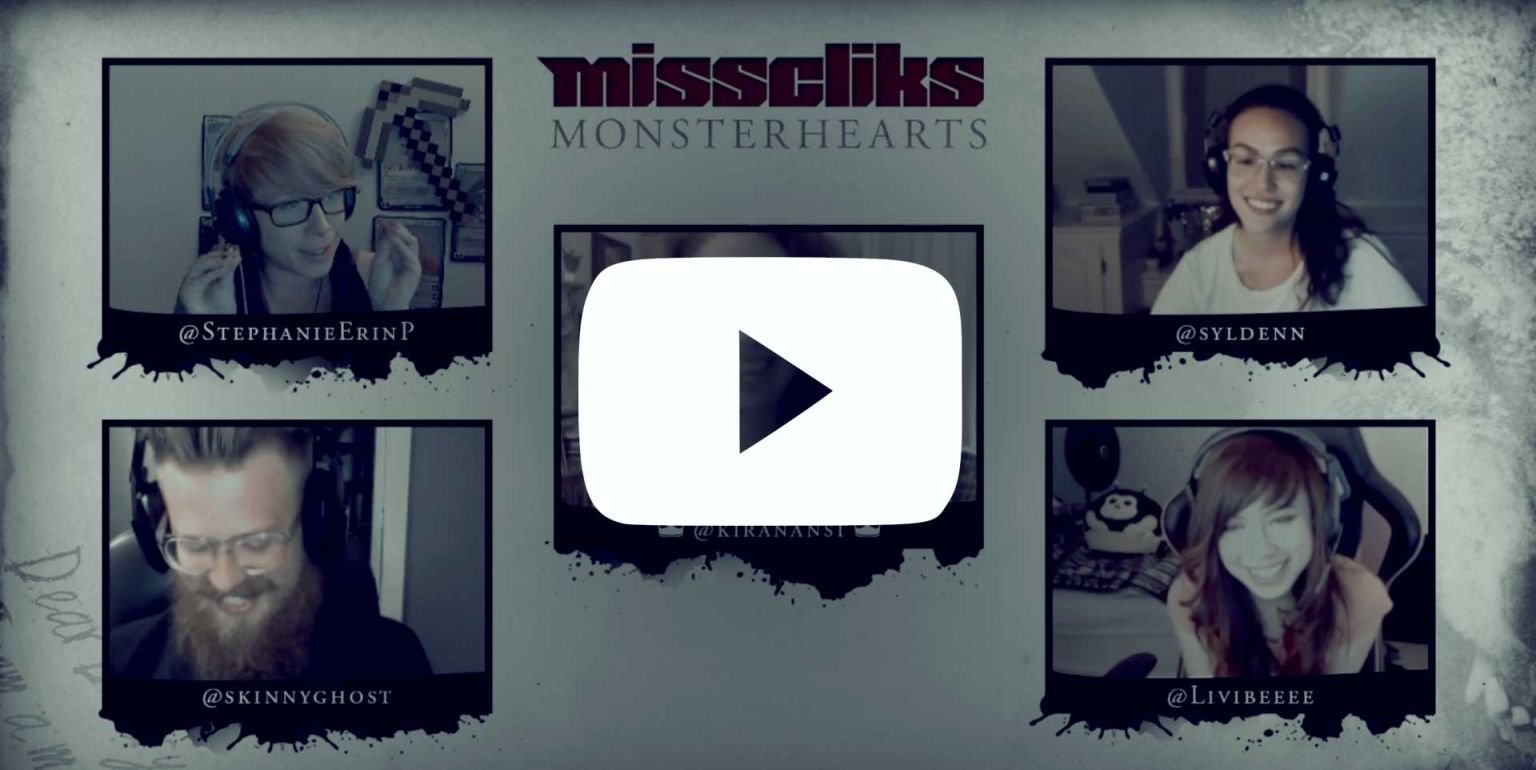
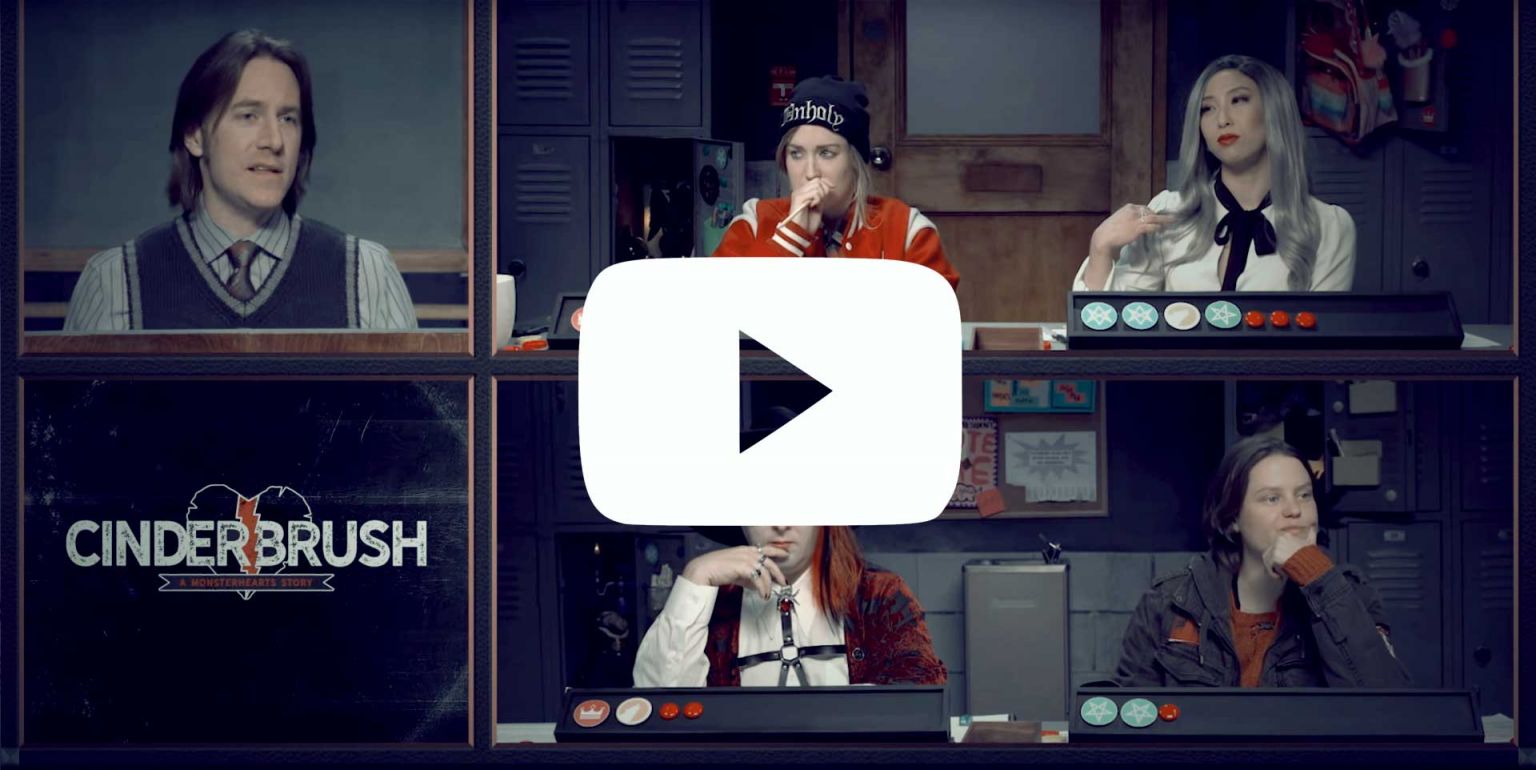
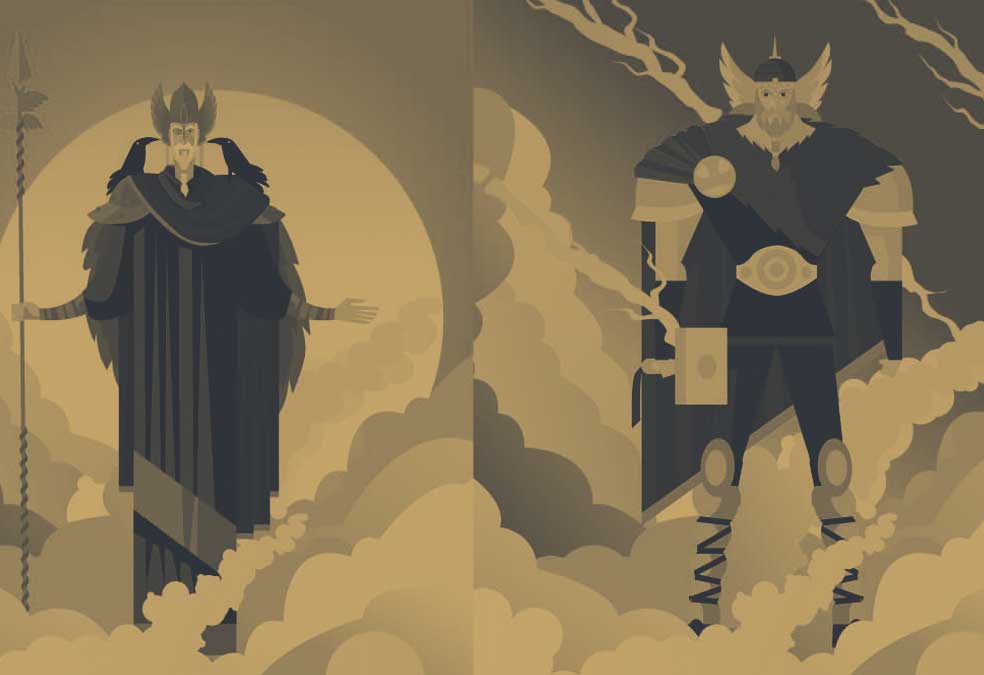
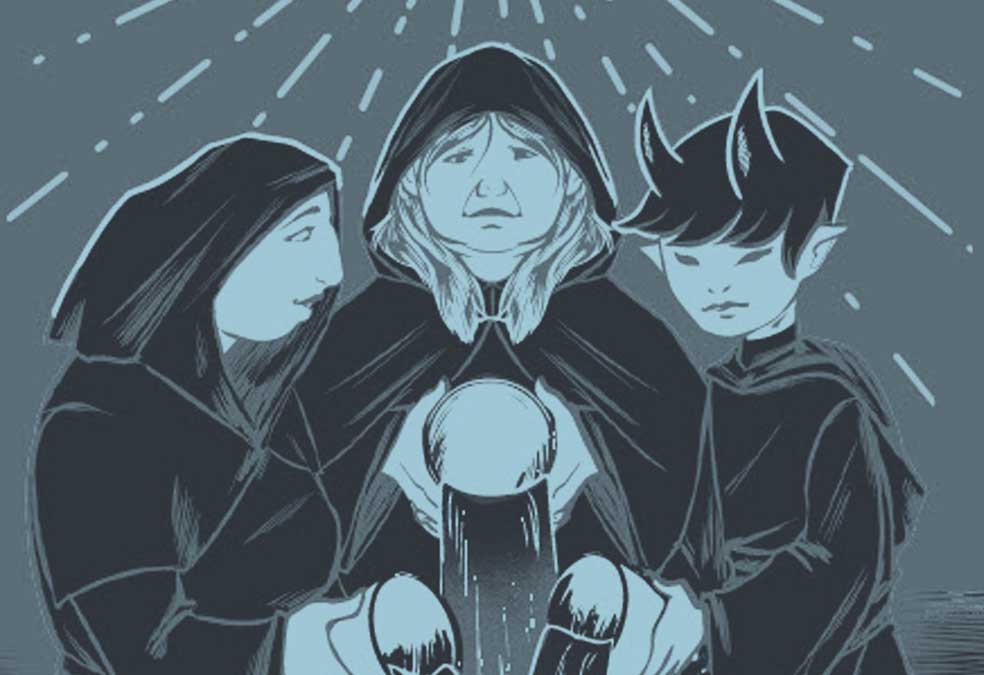
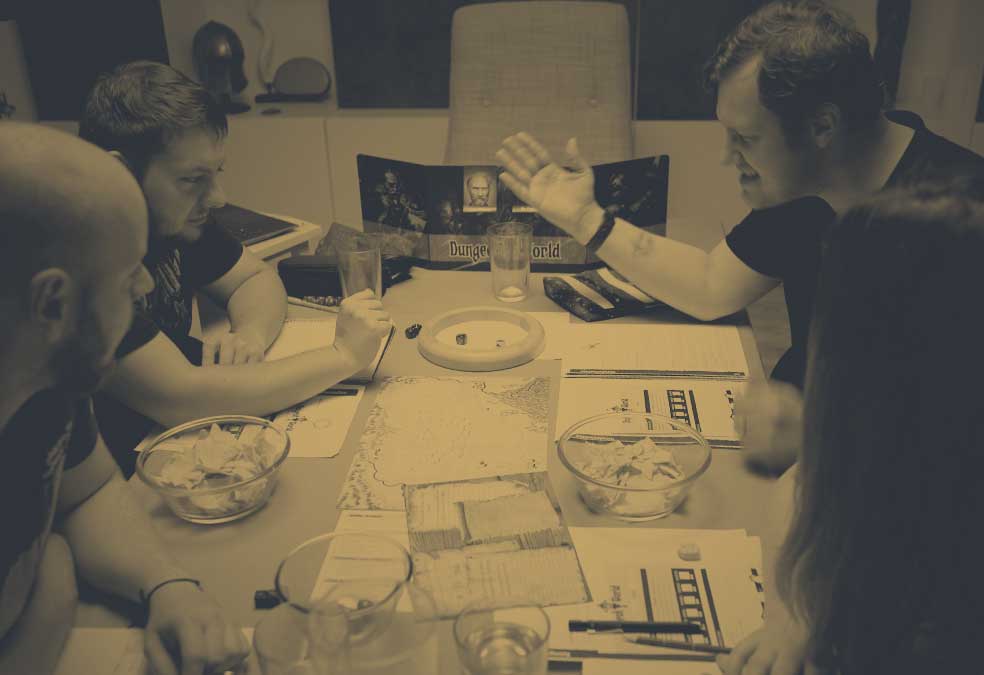
1 thought on “Why my heart beats for Monsterhearts”
Yay, Avery tweeted my review yesterday: https://twitter.com/lackingceremony/status/1311507659971940352
Check out Avery’s twitter profile for updates on her amazing games:
https://twitter.com/lackingceremony